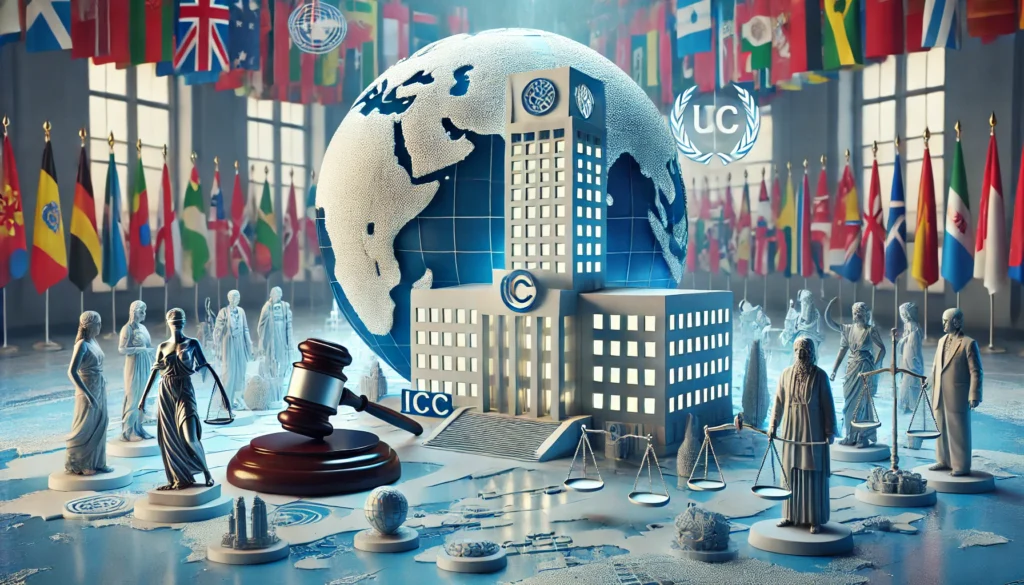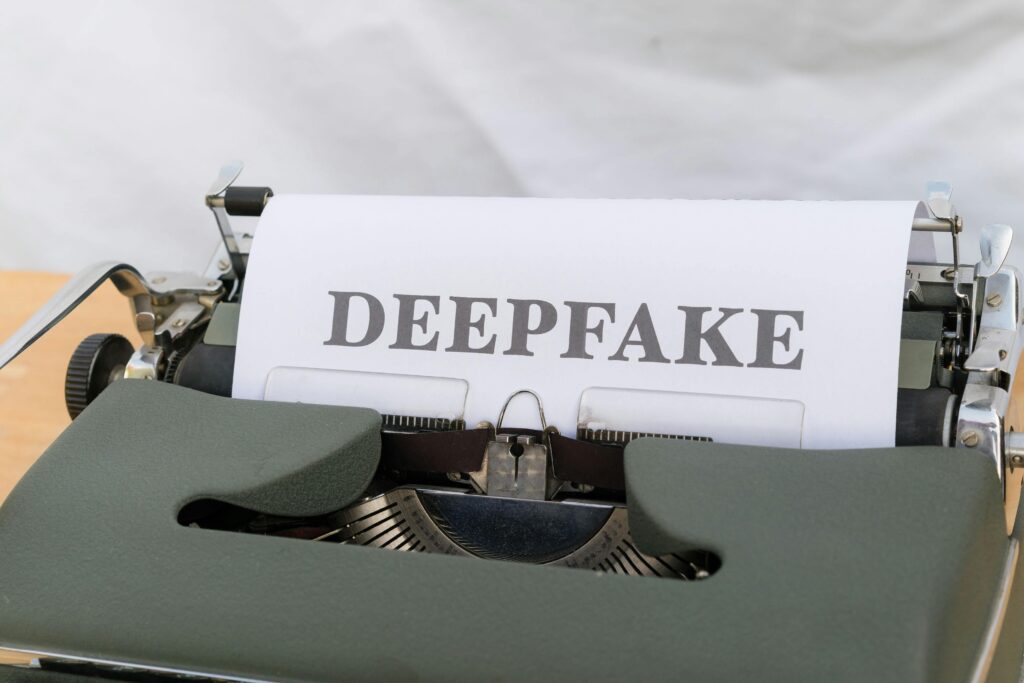Published On: 14th September, 2024
Authored By: Nakul Sharma
Symbiosis Law School, Hyderabad
Introduction
Fundamental Rights in the Indian Constitution represent the cornerstone of Indian democracy, embodying the principles of justice, liberty, equality, and fraternity as envisaged by the framers of the Constitution. These rights are enshrined in Part III of the Indian Constitution (Articles 12 to 35), reflecting the nation’s commitment to human rights and democratic values. They serve as a bulwark against arbitrary state action, ensuring the protection of individual freedoms and promoting social justice.
Background
The historical context of Fundamental Rights can be traced back to various constitutional documents and movements that influenced the framers of the Indian Constitution. The Universal Declaration of Human Rights[1] and the American Bill of Rights [2] profoundly impacted the drafting of Part III. Additionally, the Indian struggle for independence, emphasizing civil liberties and social justice, significantly shaped the nature and scope of these rights. The incorporation of Fundamental Rights was a response to the colonial era’s oppressive laws and practices, ensuring that independent India would uphold the dignity and freedom of its citizens.
The Nehru Committee Reportof 1928 and The Karachi Resolution of 1931, which articulated the vision for a complimentary India’s Constitution, also emphasized civil liberties and socio-economic rights. These documents laid the groundwork for the inclusion of Fundamental Rights in the Constitution, reflecting the aspirations of the Indian people for a just and equitable society.
Key Articles and Provisions
Article 14: Right to Equality
“Article 14 guarantees equality before the law and equal protection of the laws within the territory of India.” This article forms the foundation of the Right to Equality, prohibiting discrimination based on religion, race, caste, sex, or place of birth. It embodies the principle of the rule of law, ensuring that all individuals are treated equally in the eyes of the law.
Case Law: Maneka Gandhi v. Union of India [3]
The Supreme Court held that the right to equality is a dynamic concept with many aspects and dimensions, and it cannot be imprisoned within traditional and doctrinaire limits. The judgment emphasized that any procedure established by law must be fair, just, and reasonable, linking Article 14 with Article 21.
Case Law: State of West Bengal v. Anwar Ali Sarkar [4]
The Supreme Court struck down a special criminal court’s order, holding it to be violative of Article 14 as it discriminated against individuals without reasonable classification. This case highlighted the requirement of reasonable classification and non-arbitrariness in state actions.
Article 15: Prohibition of Discrimination
Article 15 prohibits discrimination based on religion, race, caste, sex, or place of birth. It aims to eliminate social inequalities and promote equality among citizens. Additionally, the state may create specific arrangements under this article for women, children, and socially and educationally disadvantaged groups.
Case Law: Indra Sawhney v. Union of India (1992 Supp (3) [5]: The Supreme Court upheld the validity of reservations for Other Backward Classes (OBCs) in government jobs, affirming the state’s power to enact affirmative action measures under Article 15(4).
Article 16: Equality of Opportunity in Public Employment
Article 16 guarantees equality of opportunity in matters of public employment. It prohibits discrimination based on religion, race, caste, sex, descent, place of birth, or residence. However, it allows for reservations for backward classes, ensuring adequate representation in public services.
Case Law: Ashoka Kumar Thakur v. Union of India [6]
The Supreme Court upheld the constitutional validity of the 93rd Amendment Act, which provided for reservations for OBCs in educational institutions, reiterating the state’s commitment to social justice.
Article 19: Right to Freedom
Article 19 provides six freedoms to the citizens of India:
- Freedom of speech and expression.
- Freedom to assemble peaceably and without arms.
- Freedom to form associations or unions.
- Freedom to move freely throughout the territory of India.
- Freedom to reside and settle in any part of the territory of India.
- Freedom to practice any profession or to carry on any occupation, trade, or business.
- These freedoms are subject to reasonable restrictions imposed by the state in the interests of the sovereignty and integrity of India, public order, decency, morality, and other specified grounds.
Case Law: Bennett Coleman & Co. v. Union of India [7]: The Supreme Court ruled that freedom of the press is implicit in the freedom of speech and expression guaranteed under Article 19(1)(a). The Court held that any law that abridges this freedom must be reasonable and not arbitrary.
Case Law: Romesh Thappar v. State of Madras [8]
The Supreme Court struck down a Madras government order banning the entry and circulation of a journal, emphasizing the paramount importance of freedom of speech and expression in a democracy.
Article 21: Right to Life and Personal Liberty
“Article 21 states that no person shall be deprived of his life or personal liberty except according to the procedure established by law.” The judiciary has expansively interpreted this article to include various derivative rights, such as the right to privacy, the right to a clean environment, and the right to health.
Case Law: Kharak Singh v. State of Uttar Pradesh [9]
Under Article 21, the Supreme Court upheld the right to privacy as a fundamental component of the right to life and personal freedom. This landmark judgment laid the groundwork for subsequent rulings on privacy rights.
Case Law: Olga Tellis v. Bombay Municipal Corporation [10]
The Supreme Court held that the right to livelihood is an essential facet of the right to life under Article 21. The judgment emphasized that no person can be deprived of their livelihood without a just and fair procedure.
Case Law: Justice K.S. Puttaswamy (Retd.) v. Union of India [11]
In this landmark judgment, the Supreme Court unanimously held that the right to privacy is a fundamental right under Article 21. The Court affirmed that privacy is intrinsic to life and liberty, protecting personal information and autonomy.
Article 22: Protection Against Arbitrary Arrest and Detention
Article 22 provides safeguards against arbitrary arrest and detention. It mandates that no person shall be detained without being informed of the grounds of their detention and shall have the right to consult and be defended by a legal practitioner of their choice. It also provides for the production of the detained person before a magistrate within 24 hours and protection against detention beyond three months without the recommendation of an advisory board.
Case Law: A.K. Gopalan v. State of Madras [12]
The Supreme Court upheld the preventive detention law but laid down procedural safeguards to prevent misuse of state power. This case marked the beginning of the Court’s engagement with Article 22.
Article 23: Prohibition of Traffic in Human Beings and Forced Labor
“Article 23 prohibits traffic in human beings, begar (forced labor), and other similar forms of forced labor. It is aimed at eliminating exploitation and ensuring human dignity.”
Case Law: People’s Union for Democratic Rights v. Union of India [13]
The Supreme Court held that non-payment of minimum wages to workers constitutes forced labor and violates Article 23. The judgment expanded the scope of Article 23 to include economic exploitation.
Article 24: Prohibition of Employment of Children in Factories
“Article 24 prohibits the employment of children below the age of 14 years in factories, mines, or any other hazardous employment.” This provision protects children from exploitation and ensures their right to education and development.
Case Law: M.C. Mehta v. State of Tamil Nadu [14]
The Supreme Court issued directives to eradicate child labor and ensure the welfare of children employed in hazardous industries. The judgment reinforced the state’s obligation to protect children’s rights under Article 24.
Article 25-28: Right to Freedom of Religion
Articles 25 to 28 guarantee the right to freedom of religion. Article 25 provides freedom of conscience and the right to freely profess, practice, and propagate religion. Article 26 ensures the freedom to manage religious affairs. Article 27 prohibits the state from compelling any person to pay taxes for the promotion of any religion. Article 28 prohibits religious instruction in state-funded educational institutions.
Case Law: Shirur Mutt Case [15]
The Supreme Court held that the term “religion” under Article 25 covers all rituals and practices integral to a religion. The judgment emphasized the autonomy of religious denominations in managing their affairs.
Case Law: Bijoe Emmanuel v. State of Kerala [16]: The Supreme Court ruled in favor of three students who refused to sing the national anthem due to their religious beliefs. The judgment underscored the protection of religious freedom under Article 25.
Article 29-30: Cultural and Educational Rights
Articles 29 and 30 protect the cultural and educational rights of minorities. Article 29 ensures the right of any section of citizens to conserve their culture, language, or script. Article 30 provides minorities the right to establish and administer educational institutions.
Case Law: St. Stephen’s College v. University of Delhi [17]
The Supreme Court upheld the right of minority educational institutions to admit students of their choice, reiterating the protection of minority rights under Article 30.
Case Law: T.M.A. Pai Foundation v. State of Karnataka [18]
The Supreme Court laid down the principles governing the administration of minority educational institutions, balancing the rights of minorities with regulatory measures by the state
Article 32: Right to Constitutional Remedies
Article 32 allows individuals to move the Supreme Court to enforce Fundamental Rights. Dr. B.R. Ambedkar referred to Article 32 as the “heart and soul of the Constitution.” It empowers the Supreme Court to issue writs, including habeas corpus, mandamus, prohibition, quo warranto, and certiorari, to enforce Fundamental Rights.
Case Law: Bandhua Mukti Morcha v. Union of India [19]
The Supreme Court held that bonded labor is a gross violation of Article 21 and emphasized the significance of Article 32 in protecting Fundamental Rights. The judgment underscored the Court’s proactive role in addressing social injustices through PILs.
Amendments and Evolving Jurisprudence
The scope and application of Fundamental Rights have evolved through various constitutional amendments and judicial interpretations. Notable among these are:
The First Amendment (1951)
This amendment introduced reasonable restrictions on exercising freedom of speech and expression, laying down the grounds on which these freedoms could be restricted in the interest of public order, decency, morality, etc. It also added Article 31A, protecting laws relating to agrarian reforms from being challenged on the grounds of violating Fundamental Rights.
The Twenty-Fifth Amendment (1971)
This amendment inserted Article 31C, which sought to give precedence to the Directive Principles of State Policy over Fundamental Rights in certain circumstances, reflecting a shift towards the importance of socio-economic justice. The amendment aimed to protect laws enacted to implement Directive Principles from judicial scrutiny under Articles 14, 19, and 31.
The Forty-Second Amendment (1976)
The Forty-Second Amendment, often called the “Mini-Constitution,” significantly changed the Constitution. It added “Socialist” and “Secular” to the Preamble, emphasizing the commitment to social and economic justice. The amendment also curtailed the judiciary’s power by restricting the scope of judicial review and made the Directive Principles of State Policy more assertive.
Case Law: Minerva Mills Ltd. v. Union of India [20]
The Supreme Court struck down parts of the Forty-Second Amendment, reiterating that the balance between Fundamental Rights and Directive Principles is essential to the Constitution. The judgment reinforced the concept of judicial review as an integral part of the Constitution.
Judicial Activism
The Indian judiciary, particularly the Supreme Court, has played a pivotal role in expanding the ambit of Fundamental Rights. Through instruments like Public Interest Litigation (PIL), the Court has addressed various social injustices and protected Fundamental Rights for marginalized sections of society.
Case Law: Vishaka v. State of Rajasthan [21]
The Supreme Court laid down guidelines to prevent sexual harassment in the workplace, underscoring the right to gender equality and the right to work with dignity. The judgment filled the legislative vacuum, providing a robust framework to protect women from sexual harassment.
Case Law: Naz Foundation v. Government of NCT of Delhi [22]
The Delhi High Court decriminalized consensual homosexual acts between adults, recognizing the right to privacy and dignity under Article 21. The judgment was a significant step towards protecting the rights of the LGBTQ+ community.
Case Law: Common Cause (A Regd. Society) v. Union of India [23]
The Supreme Court recognized the right to die with dignity as a part of the right to life under Article 21, allowing passive euthanasia and living wills. The judgment expanded the interpretation of the right to life, including the right to a dignified death.
Conclusion
Fundamental Rights are essential to the functioning of Indian democracy, providing a framework for protecting and promoting individual liberties. The judiciary’s dynamic interpretation of these rights has ensured their relevance in contemporary times, adapting to the changing socio-political landscape. The balance between Fundamental Rights and Directive Principles and judicial activism continues to shape the evolution of constitutional jurisprudence in India. As India progresses, the protection and expansion of these rights remain crucial to achieving the ideals of justice, liberty, equality, and fraternity enshrined in the Constitution.
Reference(s):
[1] United Nations General Assembly. The Universal Declaration of Human Rights (UDHR). New York: United Nations General Assembly, 1948.
[2] Engrossed Bill of Rights, September 25, 1789; General Records of the United States Government; Record Group 11.
[3] Maneka Gandhi v. Union of India (1978 AIR 597)
[4] State of West Bengal v. Anwar Ali Sarkar (1952 SCR 284)
[5] Indra Sawhney v. Union of India (1992 Supp (3) SCC 217
[6] Ashoka Kumar Thakur v. Union of India (2008 6 SCC 1)
[7] Bennett Coleman & Co. v. Union of India (1973 AIR 106)
[8] Romesh Thappar v. State of Madras (1950 SCR 594)
[9] Kharak Singh v. State of Uttar Pradesh (1964 SCR (1) 332)
[10] Olga Tellis v. Bombay Municipal Corporation (1985 3 SCC 545)
[11] Justice K.S. Puttaswamy (Retd.) v. Union of India (2017 10 SCC 1)
[12] A.K. Gopalan v. State of Madras (1950 SCR 88)
[13] People’s Union for Democratic Rights v. Union of India (1982 3 SCC 235)
[14] M.C. Mehta v. State of Tamil Nadu (1996 6 SCC 756)
[15] Shirur Mutt Case (1954 SCR 1005)
[16] Bijoe Emmanuel v. State of Kerala (1986 3 SCC 615)
[17] St. Stephen’s College v. University of Delhi (1992 1 SCC 558)
[18] T.M.A. Pai Foundation v. State of Karnataka (2002 8 SCC 481)
[19] Bandhua Mukti Morcha v. Union of India (1984 AIR 802)
[20] Minerva Mills Ltd. v. Union of India (1980 3 SCC 625)
[21] Vishaka v. State of Rajasthan (1997 6 SCC 241)
[22] Naz Foundation v. Government of NCT of Delhi (2009 111 DRJ 1)
[23] : Common Cause (A Regd. Society) v. Union of India (2018 5 SCC 1)




